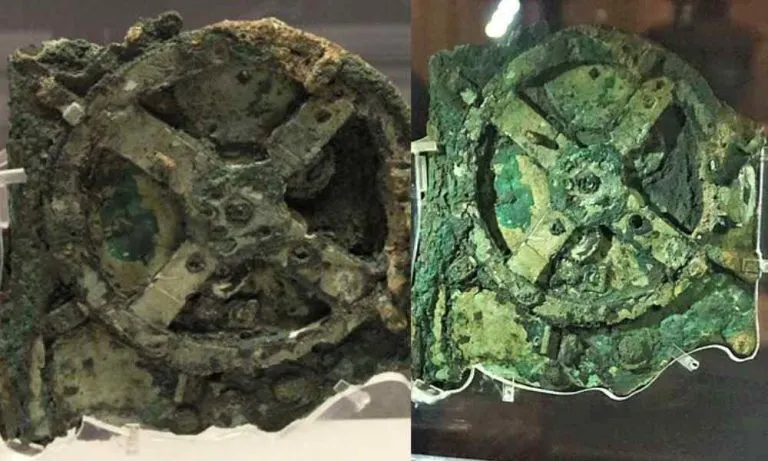12 Kids Got Trapped Inside a Flooding Cave for More Than Two Weeks!
In June and July 2018, a shocking event in Thailand captured the world’s attention. A junior football team, the Wild Boars, found themselves trapped deep inside Tham Luang Nang Non, in northern Thailand. What started as an exploration of just an hour or so turned into a life-threatening scenario when heavy rainfall flooded the cave. The team, including twelve boys aged 11 to 16 and their 25-year-old assistant coach, couldn’t swim and were stranded without a way out.
This was a massive international rescue operation that involved around 10,000 rescuers and over 100 divers. To avoid panic, the rescue teams even gave sedatives to the kids and dragged their unconscious bodies across the narrow, water-filled pathways. But how did they survive with no food and water for over 2 weeks? Let’s find out.
How It All Began
After a football practice on June 23, 2018, the Wild Boars decided to explore Tham Luang Nang Non. This cave is part of a 10-kilometer-long system with narrow passages and deep recesses. It’s known to flood during the rainy season, and a sign at the entrance warns visitors not to enter from July to November. Unfortunately, the team entered just as heavy rains began, causing the cave to flood quickly and trapping them inside.
Their head coach, Nopparat Kanthawong, discovered the team was missing when he saw numerous missed calls from worried parents. Unable to reach the boys or the assistant coach, he raced to the cave and found their abandoned bikes and bags. Realizing the gravity of the situation, he alerted authorities immediately.

The Search and Discovery
Rescue teams faced numerous challenges in their search for the boys. Rising water levels, murky waters, and the cave’s complex structure made navigation difficult. British caver Vern Unsworth, who knew the cave well, advised the Thai government to seek help from the British Cave Rescue Council. Divers from various countries, including the United States, Australia, and China, also joined the effort.
On July 2, British divers John Volanthen and Rick Stanton finally found the group on an elevated rock about 4 kilometers from the cave entrance. Despite being stranded for more than a week, the boys and their coach were alive.
“We found them safe. But the operation isn’t over.”
Volanthen described the moment they found the boys

Planning the rescue: Over 10,000 in the effort!
Rescue organizers considered several options to extract the group. They debated teaching the boys basic diving skills, drilling a new entrance, or waiting for floodwaters to recede. However, all these options seem to take far too long. As monsoon rains were also expected to worsen the situation, they decided to act quickly.
The rescue operation was massive, involving around 10,000 people, including more than 100 divers, 2,000 soldiers, 10 helicopters, 7 ambulances and numerous volunteers. Over 1 billion litres of water were also required to be pumped out of the cave. They set up a logistics camp at the cave entrance, managed resources, and coordinated efforts to ensure a smooth operation.
The Daring Rescue: Keeping The Kids Unconscious
From July 8 to 10, rescuers carried out a carefully planned extraction. The boys were given sedatives to prevent panic during the dangerous journey. They were dressed in wetsuits, buoyancy jackets, and full-face masks, and each boy was tethered to an experienced diver.
The route to safety involved going through narrow, submerged passages with strong currents. The boys were unconscious for the journey, and divers had to administer “top-up” injections of anesthetic ketamine during the three-hour trip.

Died in the mission to save!
Former Royal Thai Navy SEAL Saman Kunan tragically died from asphyxiation while delivering air tanks during the operation. Not just him, Thai Navy SEAL Beirut Pakbara also died the following year from a blood infection contracted during the rescue.
Despite these challenges, the international team successfully rescued all twelve boys and their coach. The final extraction was harrowing, with rescuers racing against rising water levels after a pump failed. They managed to bring everyone out safely just in time.

Recovery: Lost over 2 kg of body weight!
Once rescued, the boys received immediate medical care. They lost an average of 2 kilograms each but were in good condition overall. They were quarantined to prevent any potential infections and gradually reintroduced to regular food. The Thai Health Ministry closely monitored their recovery, and they were expected to stay in the hospital for at least a week.
The coach, Ekkaphon Kanthawong, was praised for his role in keeping the boys calm. A former Buddhist monk, he guided the boys in meditation and encouraged them to drink clean water from the cave walls. The boys’ parents and local communities supported him. They understood that the sudden rains were unusual and that he had done his best to care for the team.

Conclusion
The Tham Luang cave rescue was a remarkable story of human resilience, international cooperation, and the indomitable will to survive. It highlighted the importance of safety measures in adventurous activities and left a legacy of bravery and hope. The Wild Boars’ incredible journey will be remembered as a testament to the strength of the human spirit in the face of overwhelming odds.
Also read,







